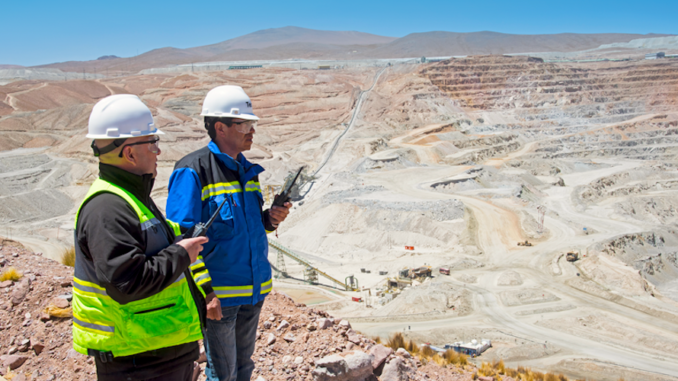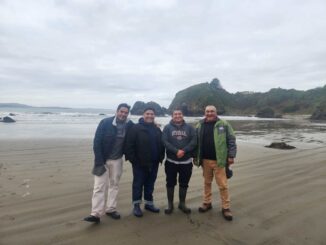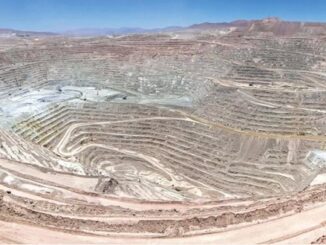
The mining industry in Chile, the world’s top copper producer and second-largest lithium producer, will need more than 34,000 new workers by 2032, according to a study released this week.
The report by the CCM-Eleva Alliance, a joint initiative between the Mining Council and Fundacion Chile, analyzed workforce trends and challenges of 27 mining and supplier companies in the country, representing 96% of the sector.
“The fresh estimation of talents needed in the next decade reflects a growth of 36% compared to what was estimated in the previous study,” said Vladimir Glasinovic, director of the Eleva Program (CCM-Eleva Alliance). “It shows a mining industry that is growing robustly, generating jobs and local development.”
One of the main findings of the study was that demand for human capital will increase by more than a third over the next nine years, compared to the previous edition of the study, published two years ago. The main drivers of this demand for talent are the retirement of workers nearing the end of their careers and the development of new projects in key regions.
The main projects fuelling demand for new talent, according to the report, are Teck’s Quebrada Blanca 2 (Q2), which produced first copper last year and is ramping up operations; Gold Fields’ Salares Norte, expected to start by April; Antofagasta’s Centinela Mining District, and Anglo American’s Los Bronces expansion, slated tentatively for early 2026.
The study also identified that 75% of the demand for professionals will be concentrated in five types of specialists, with mechanical maintainers topping the list. Mobile equipment operators and fixed equipment operators took the second and third places, respectively.
The study aims to provide relevant information for public policies and industry strategies to address the human capital needs of the mining sector, which is one of the main pillars of Chile’s economy. It also highlighted the progress and challenges in terms of gender equity, technological impact and educational offer available in the country.
Source: CCM-Eleva Alliance Report.
It concluded that female participation in the industry is at 15%, where one in every three hires within mining companies was a woman, and participation in decision-making positions reached 17%.
The figures show that Chile’s female participation percentage in the labor market is below those of developed countries or other economies in the region. However, in terms of womens’ participation in the mining industry, the country is better positioned, above Peru and at the same level than the United States.
Overall, the Chile’s mining industry currently registers the highest employment rate in 12 years, showing a 38% increase with respect to 2020 and 22% compared to 2011.
The full report, “Workforce Study of Large-scale Mining in Chile 2023-2032″ is available here.



